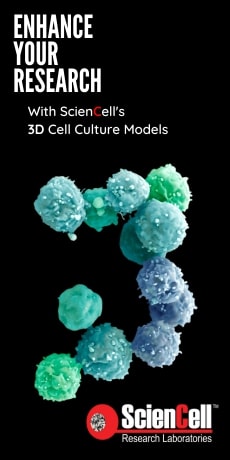Monthly Archives: August 2016
-
- August 24, 2016
In this final installment on how to improve your qPCR gene expression profiling (see 6 Tips to Improve qPCR: part 1 and part 2 for previous discussion), we will discuss pipetting tips and the benefits of a separate reverse transcription step in qPCR template preparation.
Tip #5. Good Laboratory Practice (GLP) with pipetting helps to improve qPCR accuracy.
qPCR is a highly sensitive means for gene expression analysis because it amplifies its template exponentially, however, any deviations in each reaction are also amplified. A major source of such deviations is pipetting error. What can you do to prevent these deviations?
A good place to start would be by using a master mix, or a mixture of common reaction reagents such as DNA template, polymerase, qPCR dye and primers, instead of adding each reaction component individually. Using a master mix can significantly lower the frequency of pipetting and reduce pipetting error. To account for well-to-well variation using an internal control,
-
- August 18, 2016
After watching displays of astounding athletic prowess in the 2016 Olympics, I was inspired to take a closer look at the science behind exercise training, recovery, and injury with a focus on the importance of blood vessels during exercise.
Let’s start with some basic training: Why are blood vessels important for exercise?
Muscles need oxygen and nutrients to breakdown fats and carbohydrates for energy and the main delivery system to provide these is blood vessels. Under normal conditions, a delicate balance is kept between quiescence and remodeling in blood vasculature to maintain a baseline level of muscle activity, but that balance is upset with physical stress such as exercising due to an increased demand for energy and the components required to make that energy. The “angiogenic switch” is a popular term for the point at which blood vessels change from a quiescent state to an active remodeling state, such as in tumorigenesis [1]. Chemical regulation of angiogenesis is well-researched
-
- August 02, 2016
Many primary cells have difficulty adhering to uncoated glass and plastic surfaces, especially in low serum or serum-free conditions. For primary cells, it is necessary to use a substrate coating to enhance cell attachment. There are many different substrates to choose from and each type can have dramatically different effects on cell attachment, morphology, and proliferation. It is important to consider these factors when selecting a substrate to use for a particular cell type.
First, consider the difference between plastic and glass. Tissue culture-treated plastic is modified to be hydrophilic and substrates will coat the surface more thoroughly. Glass coverslips, depending on the manufacturer and how the glass was treated, can be hydrophobic or have residues from manufacturing that hinder substrate binding. Some researchers utilize pre-treatment protocols like acid washing, flaming, and/or autoclaving to enhance substrate binding, though this may not always be necessary. While numerous

